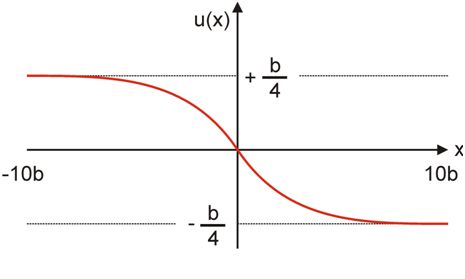Dislocation Energetics
AimsBefore you startIntroductionMaking a dislocationJoin the crystals to form the dislocationDislocation widthForm of the displacementChange in the misfit energy of a dislocation as it movesPeierls energyWhat is the Peierls stress? Determining the Peierls stressLattice resistanceUses and limitations of the atomistic modelSummaryQuestionsGoing furtherTLP creditsTLP contentsShow all contentViewing and downloading resourcesAbout the TLPsTerms of useFeedbackCredits Print this page
PreviousNext
Making a dislocation
We will consider the changes in atomic positions in a given plane of atoms when an edge dislocation is formed in a simple cubic lattice. If the extension of the dislocation is large compared with the atomic spacing b, the horizontal displacement u varies slowly from atom to atom. The relative displacement of neighbouring atoms within each half crystal is much smaller than b.
We start out by considering the initial atomic positions in just two planes A and B.

The variation of the displacement u with distance from the dislocation line
It is clear from the above figure that a tan function would be consistent with the displacement. Peierls showed this was the case.
- The following animation shows how the model is set up using the initial atomic positions in just two planes; here we are making the approximation that the displacements of atoms in the planes on either side (in the y direction) are small enough to be neglected from the overall energy. We are able to show that the final displacement (in the x direction) varies as an arctan function, as demonstrated by Peierls.

